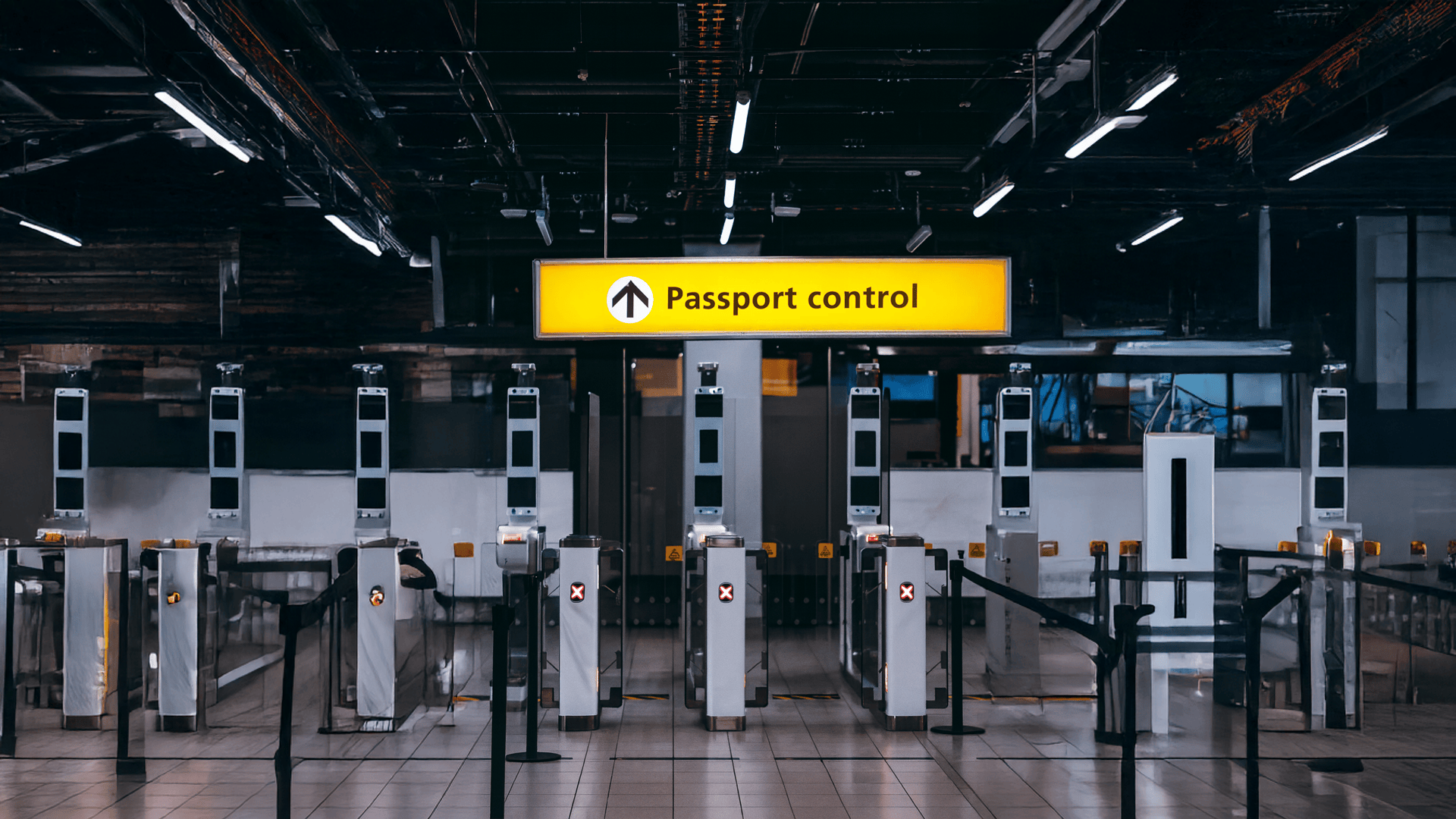- What is changing
- Who will be affected
- What travellers need to do
- Longer stays and visa requirements
- Preparing for the transition
- What this means for globally mobile professionals
From mid-October 2025, entering Europe will look very different for non-EU citizens. The European Union is replacing the traditional passport stamp with a new digital border management system that records biometric data. The change, designed to modernise border security and travel processes across the Schengen area, will affect millions of visitors, including business travellers, tourists, and international assignees.
The new Entry/Exit System (EES) officially begins its rollout on 12 October 2025, marking a significant step towards fully automated border control. While the transition may cause short-term delays, it is ultimately expected to make border crossings faster, more accurate, and more secure.
What is changing
Under the new system, non-EU travellers entering or leaving the Schengen area will have their fingerprints and facial image captured and stored electronically, alongside details such as name, travel document, and date and place of entry and exit. The system will replace the manual stamping of passports, which has long been used to track stays within the Schengen zone.
The EES applies across 29 countries: 25 EU Member States plus Iceland, Liechtenstein, Norway, and Switzerland. Ireland and Cyprus are not participating and will continue to use manual passport checks. The United Kingdom also remains outside the Schengen area, meaning its border procedures will not change.
According to the European Commission, the EES aims to strengthen security, prevent irregular migration, and improve the management of short stays. The system will automatically calculate how long a non-EU visitor has stayed within the 90-day limit allowed for short-term travel within the Schengen zone. By replacing stamps with digital records, it will also help border authorities identify overstayers and detect fraudulent travel patterns more efficiently.
Who will be affected
The new system applies to all third-country nationals entering the Schengen area for short stays — that is, up to 90 days within any 180-day period. This includes citizens of countries that currently enjoy visa-free travel to the EU, such as Australia, Canada, Japan, the United States, and the United Kingdom.
Travellers holding long-term visas or residence permits will not need to register under the EES, as their details are already recorded in national immigration databases. However, those visiting Europe for tourism, short business trips, or family visits will need to complete biometric registration on arrival.
The system is free to use and will operate at air, sea, and land borders. At airports, most travellers will complete registration via self-service kiosks or mobile applications, depending on the facilities available at their port of entry.
What travellers need to do
The first time a traveller enters the Schengen area after the rollout, they will need to complete a one-time biometric registration. This process includes answering standard Schengen border code questions, such as the purpose and duration of stay, and providing facial and fingerprint data. Once registered, travellers will not need to repeat the full process on future visits within three years — only a quick biometric verification will be required at subsequent crossings.
Authorities expect the registration to take only a few minutes, but delays are likely during the early months of implementation as systems adjust and travellers become familiar with the process. The Australian government’s Smartraveller service and other foreign ministries have already warned passengers to allow extra time at European entry points.
Once in place, the system should significantly reduce administrative errors and prevent situations where travellers overstay unknowingly due to misplaced passport stamps or inconsistent calculations across borders.
Longer stays and visa requirements
The EES does not change existing visa requirements or residence permit procedures. It simply automates the tracking of short stays within the Schengen zone. Visitors planning to remain in Europe beyond 90 days in any 180-day period — whether for work, study, or family reasons — will still need to obtain the appropriate visa or residence authorisation from the host country.
Australia, for example, has visa waiver agreements with several Schengen states, including Austria, Belgium, Denmark, Finland, Germany, Iceland, Luxembourg, the Netherlands, Norway, and Sweden. Each country has its own procedures for longer stays, and travellers are advised to check specific national rules well in advance.
Preparing for the transition
The European Commission anticipates that the EES will be fully operational by April 2026. Until then, implementation will be gradual, with individual countries introducing the new infrastructure at different speeds. Some airports and land crossings are already equipped with biometric kiosks, while others will complete installation in the coming months.
Travellers can prepare by ensuring their passports are valid and machine-readable, familiarising themselves with the new process, and checking whether their destination offers a mobile pre-registration app. Those travelling for work or on tight schedules should allow for possible delays during the initial rollout.
What this means for globally mobile professionals
For international businesses and mobility specialists, the new system represents a shift towards tighter, more transparent travel tracking within the EU. It may simplify compliance monitoring for employees travelling frequently across Schengen borders but could also increase scrutiny of short-term assignments and repeated business visits.
Companies should review travel management policies to ensure employees understand the new rules and maintain accurate records of their movements to avoid unintentional overstays.
The Entry/Exit System marks a milestone in Europe’s border modernisation agenda. Though the change may initially slow queues at airports and border crossings, it promises to bring greater security, efficiency, and consistency to travel across the Schengen zone — an essential development as mobility, migration, and global business continue to expand.

